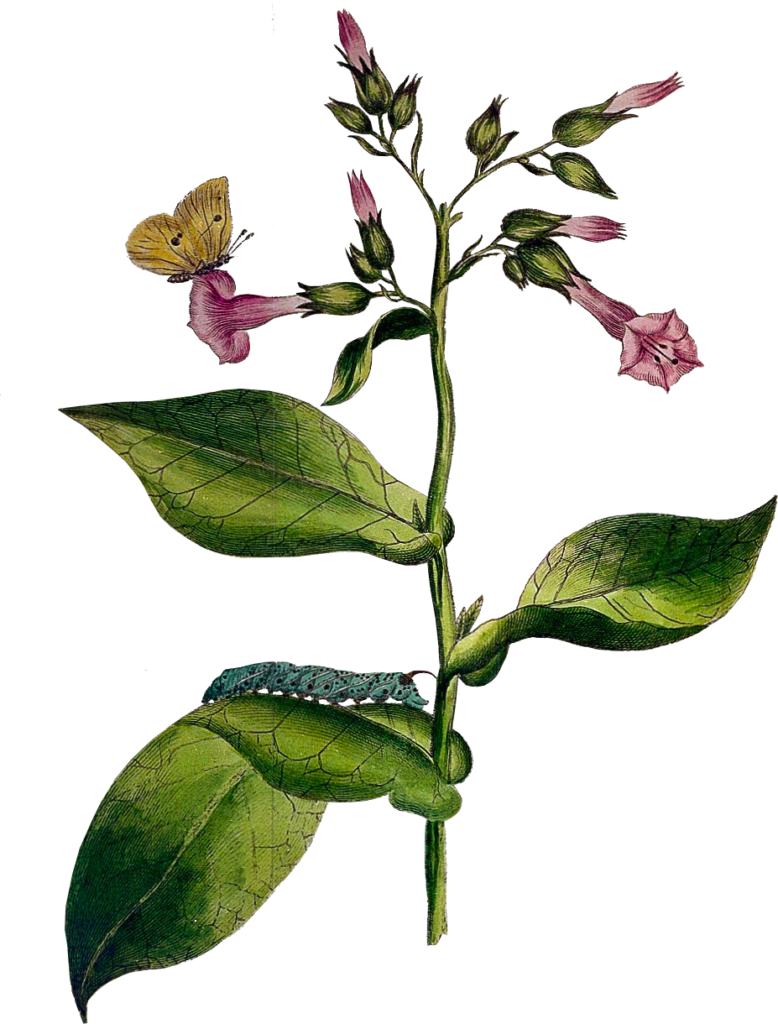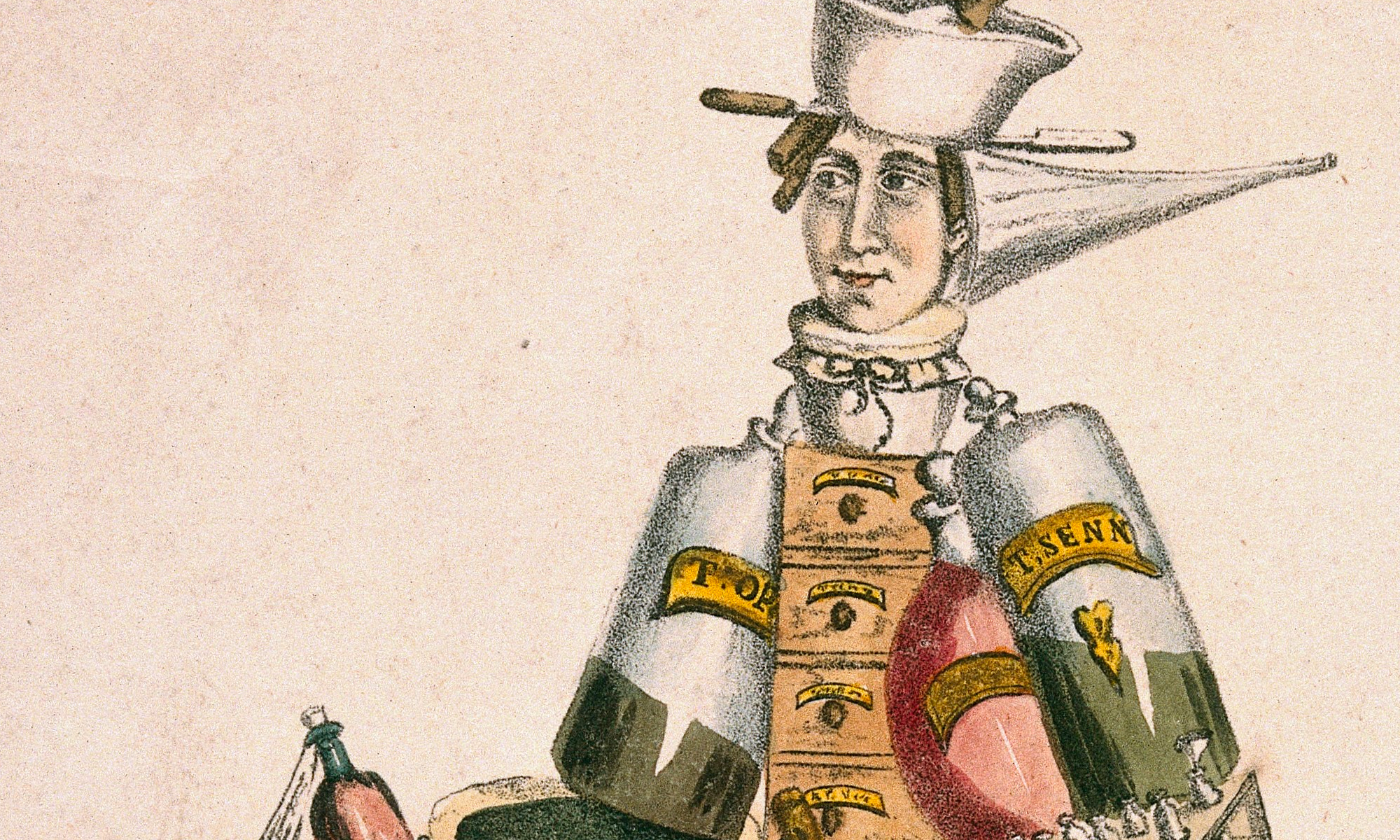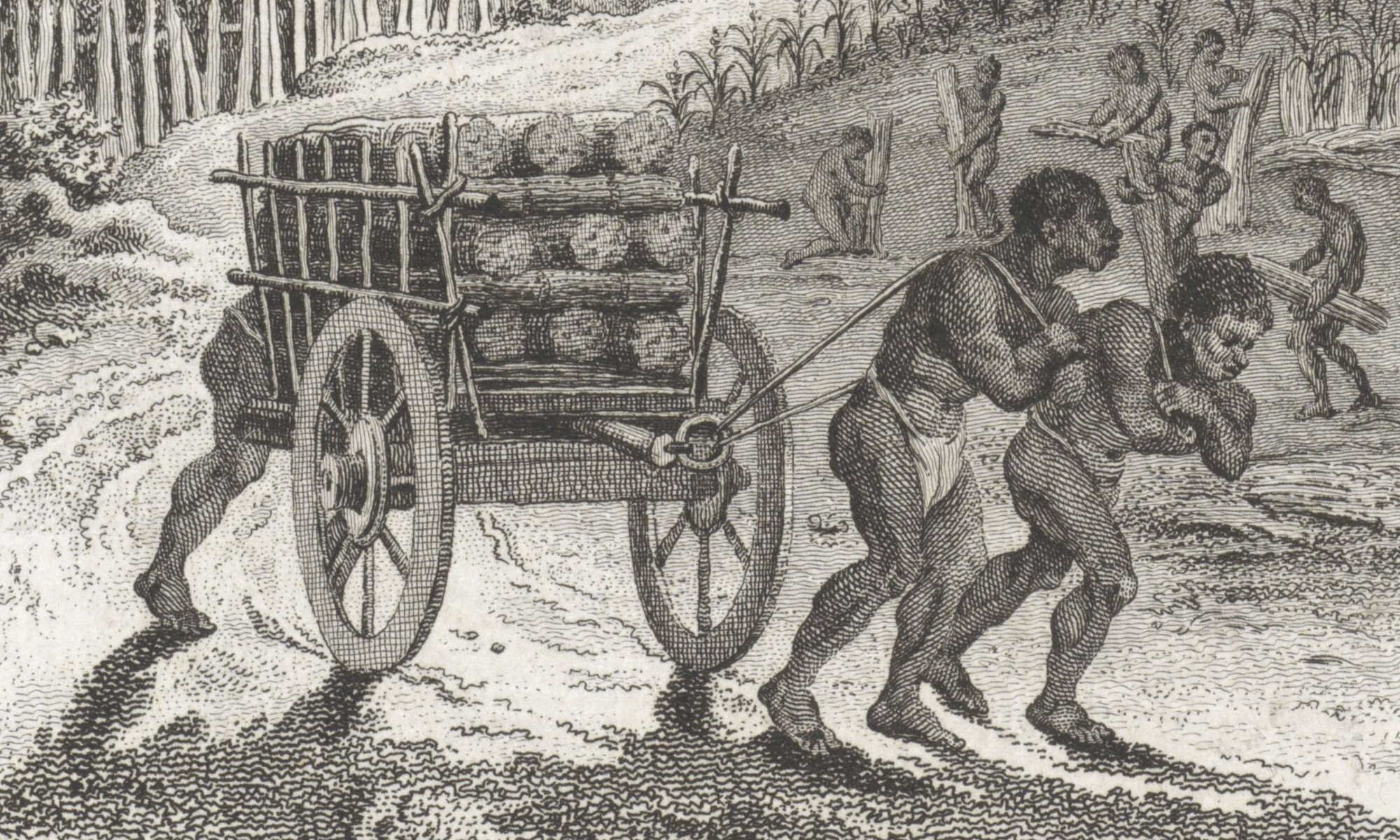The history of new intoxicants is intimately connected to one of the darkest chapters in history: that on slavery, and the exploitative world economic system that sustained it. The increasing demand for consumables such as sugar, tobacco, and coffee in Europe was supplied by New World plantations run by white planters, managers, and overseers and cultivated by enslaved black workers from Africa. More than 12 million enslaved were forcibly transported between 1500 and 1865; an estimated 1.8 million died en route. There is a cruel irony at play here: when we miss our morning hit of caffeine, sugar, or nicotine and withdrawal symptoms set in, we should remember that the psychological and metaphorical ‘enslavement’ of millions to an intoxicant is the historical result of the physical and literal enslavement of millions of African workers and their trafficking to the Americas.
Introducing Intoxicating Spaces
Welcome to Intoxicating Spaces, a new, two-year, HERA-funded research project exploring the impact of cocoa, coffee, opium, sugar, tea, and tobacco on four European cities – Amsterdam, Hamburg, London, and Stockholm – between the seventeenth and nineteenth centuries! In this video, I briefly introduce the project, and explain what we’ll be up to over the next couple of years. Many thanks to Ivor and the team at Tamper Sellers Wheel coffeeshop in Sheffield for allowing us to film in their amazing venue!


